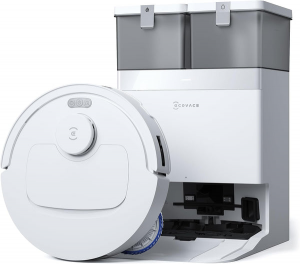
Conquering head lice is a familiar family struggle. Success involves a strategy built for children. By embracing their world with patience and understanding, you can change a frustrating process into an effective and even manageable mission, ensuring a smoother path to a lice-free household.
Preparation is everything:
Before you begin a hair lice treatment, create a calm environment. Choose a well-lit space and have all your supplies ready: the lice treatment product, a fine-toothed metal comb, towels, and hair clips. Explain to your child what you will be doing in a simple, reassuring way. A favorite show or audiobook can be a wonderful distraction, helping them sit still for the necessary time.
The right product and technique:
Select a treatment made for children, following age guidelines carefully. Saturate the hair completely, focusing on the scalp where lice live. The real secret to success is meticulous combing. Divide hair into small sections. After applying the treatment, use the fine-toothed comb to systematically remove every louse and nit. Wipe the comb on a paper towel after each pass. This physical removal is a vital step that ensures you eliminate all traces of the infestation.
The follow-through:
A single application is often not enough. Most treatments involve a second application about a week later. This stops any new lice that may have hatched from surviving nits. Check all family members and inform close contacts, like your child’s school or playgroup. While extensive cleaning isn’t necessary, washing recently used bedding, hats, and hair accessories in hot water is a good idea.
The essential comb-out:
The comb-out process is a vital part of any treatment. After applying the product, use a fine-toothed metal nit comb on wet, conditioned hair. Section the hair and comb each part meticulously, wiping the comb on a paper towel after every pass. This physically removes dead lice and their eggs, preventing a recurrence.
Repeat the process:
Lice eggs are notoriously resilient. Most treatments entail a second application after a week to nine days. This second round stops any newly hatched lice before they can mature and lay eggs themselves. Adhering to this schedule breaks the life cycle and is fundamental for complete eradication.
Check every family member:
Lice spread quickly through close contact. To prevent reinfestation, check the heads of all household members. Treat only those who have a confirmed active case. This prevents unnecessary chemical exposure and stops the pests from jumping back to a clean head after treatment is finished.







